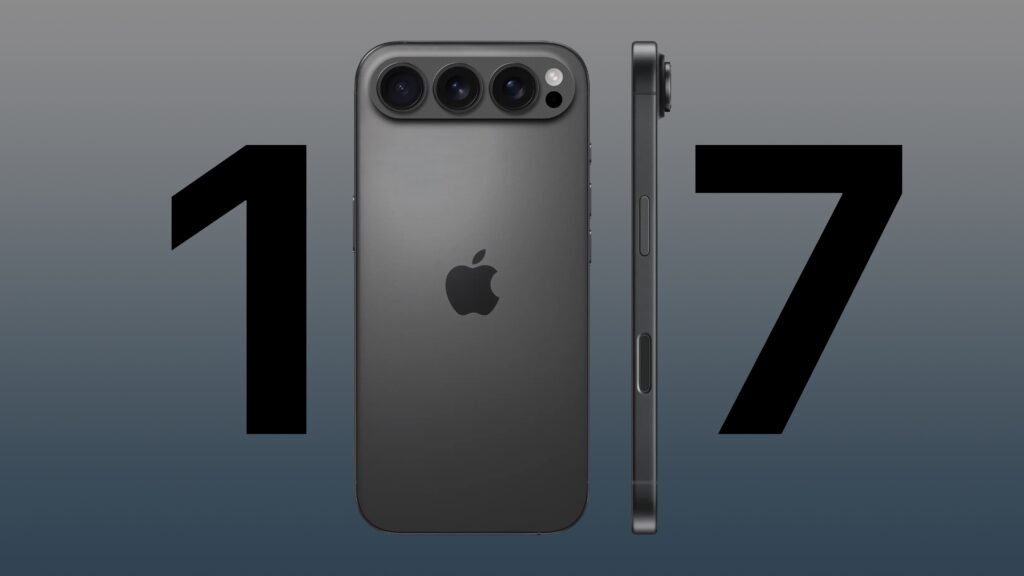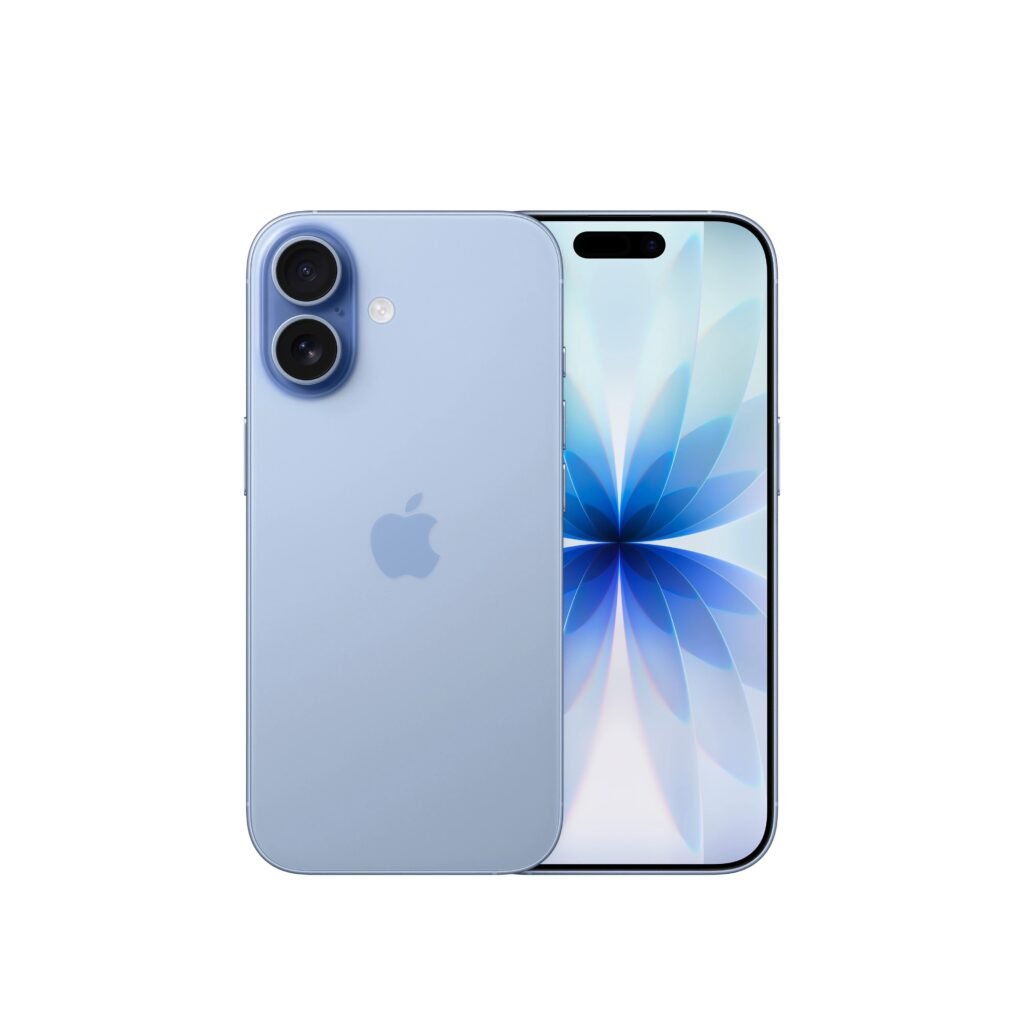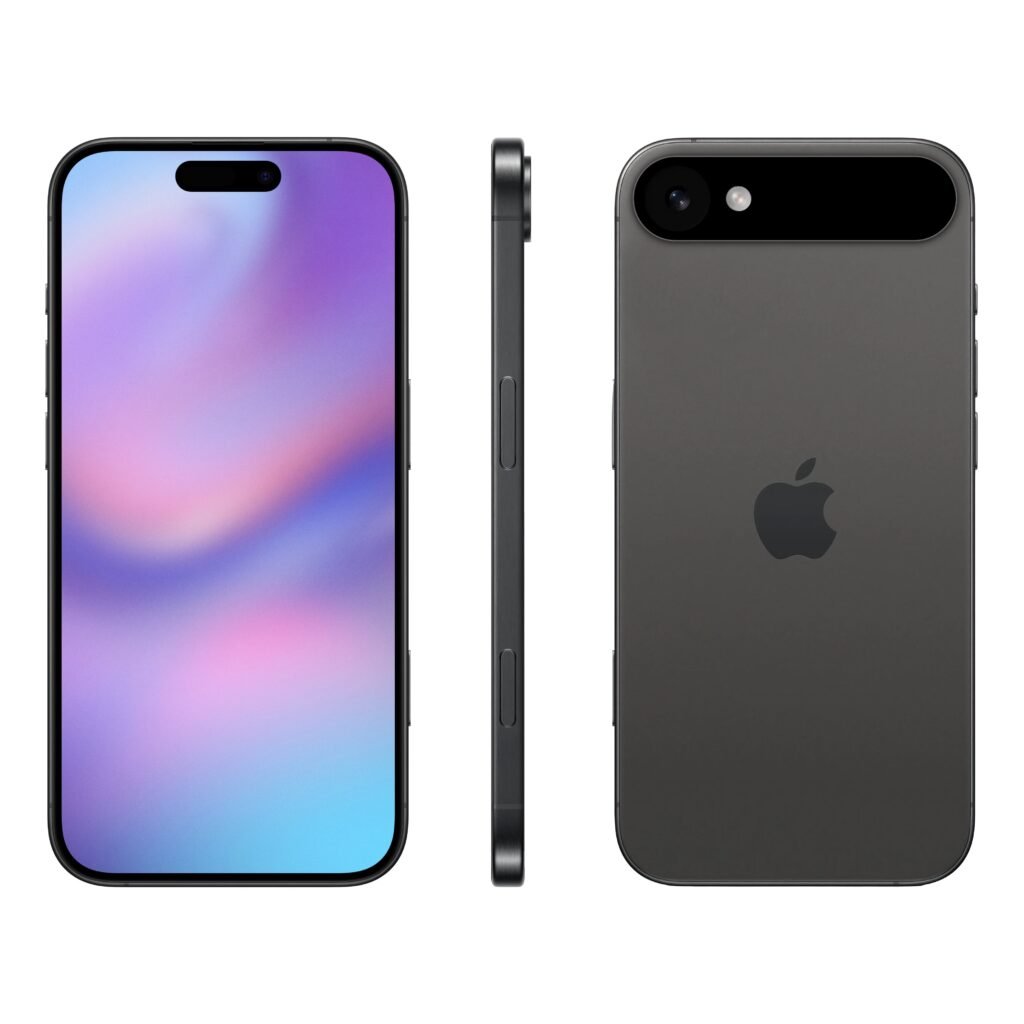

The iPhone Phenomenon
The introduction of the iPhone in 2007 marked a watershed moment in the smartphone industry. This innovative device not only revolutionized the way individuals interact with technology but also set a benchmark for mobile devices that competitors have sought to emulate. The iPhone combined a sleek design with an intuitive user interface, offering a seamless blend of functionality and aesthetics. Its launch was not merely a business success; it spawned a cultural phenomenon, fundamentally altering how society communicates, consumes information, and engages with the digital world.
The iPhone’s impact on the technology landscape is profound. It set new standards for mobile operating systems, application ecosystems, and user experience. The iOS platform, along with the App Store, encouraged a flourishing ecosystem of applications that expanded the functionality of smartphones beyond traditional telephony. From social media to mobile banking, the role of smartphones in daily life has evolved dramatically, largely due to the influence of the iPhone. As a result, Apple emerged as a leader in the technology sector, with consumers eagerly anticipating each annual release with high expectations.
This blog post aims to critically evaluate Apple’s trajectory since the inception of the iPhone and assess whether the company has reached its peak in terms of innovation and market domination. We will explore consumer perceptions and industry trends, focusing on the implications for both Apple and its competitors. With an eye towards the future, this analysis will also consider what the potential outcomes could mean for technology as a whole. By delving into this discourse, readers will gain insights into the sustainability of Apple’s relevance in an ever-evolving market landscape.
Annual Releases: The Cycle of Change

Since the debut of the first iPhone in 2007, Apple has established a consistent annual release cycle for its flagship device. This predictable schedule has cultivated a loyal consumer base eager for the latest advancements and has allowed the brand to maintain its prominent position in the smartphone market. Each year, Apple introduces a new model, typically featuring subtle design alterations, enhanced processing power, and an array of updated features. While these changes are marketed as significant improvements, they often represent incremental upgrades rather than groundbreaking developments.
In recent years, the design improvements have primarily focused on aesthetics. For instance, each iteration of the iPhone typically showcases slight modifications in size, weight, and materials. While these adjustments contribute to a more refined user experience, they often overshadow the underlying technological advancements. The introduction of new colors and finishes captures consumer attention, but the core functionality remains relatively unchanged from previous models.
Furthermore, Apple has concentrated on enhancing processing power with each new release. The introduction of newer chipsets, like the A-series processors, aims to bolster performance and efficiency. These improvements undoubtedly enhance the device’s overall capability, allowing for more demanding applications and smoother multitasking. However, the actual day-to-day benefits may not be immediately noticeable to the average user, as many apps and functions do not require the upper limits of this increased power.
Ultimately, while Apple’s annual releases bring observable changes to the iPhone, these alterations often prioritize visual appeal over substantive innovations. As Apple continues to follow its established release cycle, the question remains whether this pattern will continue to satisfy consumers or if they will begin to seek more profound advancements in future models.
The Illusion of Innovation: Speed and Battery Life

In recent years, Apple has consistently marketed each new iPhone model as a significant leap forward in technology, emphasizing enhanced processing speeds and performance capabilities. The introduction of faster processing chips has been a recurring theme, with each iteration boasting higher speeds and improved efficiency. For example, the transition from the A13 Bionic chip to the A14 and subsequently the A15 showcased Apple’s dedication to pushing the boundaries of mobile computing power. However, while the numbers may impress on paper, the question arises: are these incremental improvements truly transformative, or merely an illusion of innovation?
One of the key selling points of new iPhone models is the increased speed of processing chips, touted as essential for multitasking and handling demanding applications. In practice, end-users frequently report that older models continue to perform adequately for most tasks, leading to skepticism regarding the necessity of constantly upgrading. This phenomenon raises doubts about the real-world impact of these enhancements, challenging the assertion that each new chip represents a groundbreaking advancement in mobile technology.
Additionally, despite the introduction of more powerful chips, battery life remains a persistent issue for many users. The hunger for processing power can detract from energy efficiency, resulting in shorter battery life for older models that may not support the latest software updates. Users often find themselves navigating the trade-off between speed and longevity, creating a paradox where enhancements in one area can exacerbate limitations in another. Consequently, this raises an essential question: do these improvements in processing speeds justify the constant pressure to upgrade when older models still deliver adequate performance, albeit with reduced battery resilience?
As such, Apple’s narrative of relentless innovation becomes questionable, as performance gains are often insignificant relative to users’ actual experiences. The allure of speed may conceal underlying issues, leaving consumers to wonder if the paradigm of “faster equals better” truly holds in the context of their day-to-day usage.
Competing Brands: Samsung and the Android Ecosystem
The competition between Apple and other brands, particularly Samsung, has significantly influenced the smartphone landscape. Samsung’s Galaxy series, renowned for its innovative designs and advanced features, has emerged as a formidable rival to the iPhone. Over the years, Samsung has made significant strides in various aspects, particularly camera technology. The Samsung Galaxy smartphones often incorporate cutting-edge camera systems that not only match but in some cases exceed Apple’s offerings. This advancement allows Android users to enjoy photography experiences that rival those provided by the iPhone.
Moreover, the Android ecosystem presents a diverse range of choices for consumers. Unlike Apple’s more constrained approach, Samsung provides various models at different price points, appealing to a broader audience. This flexibility allows consumers to opt for devices that suit their preferences, whether they prioritize camera quality, battery life, or gaming performance. The competition posed by Samsung has urged Apple to consistently innovate and enhance its features to retain its market share.
The introduction of features such as high-refresh-rate displays and advanced multitasking capabilities in Samsung devices further illustrates the innovative edge that competitors have fostered within the smartphone industry. For example, Samsung’s recent launch of devices featuring superior OLED displays has attracted attention, creating discourse around whether Apple can maintain its status as the premier brand in smartphone technology.
The emergence of Samsung and other Android manufacturers not only provides consumers with alternatives but also serves as a catalyst for technological progress. The pressure to stay relevant in the face of fierce competition pushes Apple to continuously evolve its iPhone model. Thus, it is crucial to recognize how the rivalry between the iPhone and Samsung’s Galaxy lineup impacts consumer decisions and innovation in the tech industry.
Consumer Sentiment: Trade-In vs. Holding Onto Older Models
The decision to trade in an older iPhone or to hold onto it remains a significant consideration for many consumers. Over the years, Apple has positioned itself as a leader in smartphone innovation, enticing users with the promise of enhanced features and improved performance. However, as newer models are introduced, some consumers are beginning to question whether the incremental upgrades justify the costs associated with frequent upgrades, particularly when many older iPhones continue to perform satisfactorily.
Several factors influence consumer sentiment regarding this trade-in decision. Firstly, the economic aspect cannot be overlooked; with the escalating prices of new models, users often weigh the benefit of a trade-in against the potential depreciation of their current device. In recent analyses, the observed trend indicates that many users are opting to retain their older iPhones longer, driven by the notion that newer models may not offer significant benefits over what they already possess. For instance, the core functionalities such as calling, texting, and accessing applications remain essentially the same across various generations of iPhones.
Moreover, the environmental consideration plays a pivotal role in shaping attitudes toward upgrading. As awareness of electronic waste grows, consumers increasingly express a preference for holding onto gadgets that are still functional rather than contributing to landfill issues. The practice of prolonging the lifecycle of existing devices aligns with sustainable consumption, fostering a sense of responsibility among tech users.
In addition, there is a growing sentiment that the push towards constant upgrades can lead to diminishing returns; the novelty of new features may not justify the investment. As a result, many consumers find satisfaction in maximizing the potential of their current devices, opting for upgrades only when substantial improvements are evident. This shift in consumer sentiment highlights a crucial dimension of how users interact with technology and assess value in an era of rapid innovation.
The Climax: Introducing the iPhone 17
The release of the iPhone 17 marks a significant milestone in Apple’s history, as it brings both excitement and critical reflection on the brand’s direction. Traditionally, Apple is renowned for its incremental innovations with each new iPhone iteration. However, the unveiling of the iPhone 17 has led to increasing discussions regarding the potential stagnation of Apple’s innovative prowess. Many industry experts and consumers alike view this model as a turning point in the predictable cycle of annual upgrades that have characterized the iPhone line for years.
During the launch event, Apple highlighted several features of the iPhone 17 that aimed to appeal to consumers, including enhancements in camera technology, processing power, and battery life. However, many consumers expressed disappointment that these upgrades did not represent a significant evolution from previous models. This sentiment indicates a growing disillusionment among Apple users who have come to expect revolutionary technology rather than just minor enhancements. The iPhone 17’s marketing messaging felt particularly subdued as it struggled to convince consumers of the need for an upgrade from the already impressive iPhone 16.
The implications of this release are profound. While it may still see brisk sales, the iPhone 17’s launch raises essential questions regarding Apple’s innovation strategy. Are they losing their edge in a fiercely competitive smartphone market? Can Apple reclaim its reputation for groundbreaking advancements that originally set it apart from competitors? As consumers become increasingly aware of the incremental nature of updates, the pressure mounts on Apple to rediscover its inventive spirit and offer transformative experiences rather than just iterative ones. This moment in Apple’s timeline may signal a pivotal moment, prompting reflection on what the future holds for the iPhone and its place in the wider technological landscape.
The Consequences of Stagnation: What This Means for Apple
The technology sector is characterized by rapid advancements and an incessant quest for innovation. Consequently, stagnation in product development poses significant risks for companies like Apple, especially given their historical positioning as industry leaders. Should Apple continue down the path of minimal innovation, it may encounter considerable ramifications affecting brand loyalty, market share, and overall reputation.
Brand loyalty has been one of Apple’s most significant assets. However, a perceived stagnation in innovation may cause consumers to reassess their allegiance. In a market that increasingly values cutting-edge features and revolutionary design, customers could easily shift their preferences to competitors who are offering more substantial advancements. As rivals enhance their offerings, including improvements in hardware, software, and ecosystem interconnectivity, loyal Apple customers might be tempted to explore alternatives that promise greater utility, resulting in the dilution of Apple’s dedicated customer base.
In parallel, stagnation can adversely impact Apple’s market share. As new players emerge and existing competitors ramp up their efforts to capture consumer interest, Apple’s once-dominant position could erode. If consumers begin to perceive that Apple is no longer at the forefront of technological innovation, they may gravitate toward brands perceived as more progressive, thereby diminishing Apple’s market presence.
A company’s reputation is intricately tied to its innovation trajectory. Apple has established itself as a purveyor of high-quality, groundbreaking technology; however, a downturn in original product development could tarnish this image. A lack of fresh offerings not only diminishes excitement within the consumer base but might also attract scrutiny from investors and industry analysts. Consequently, if Apple fails to adapt and evolve, it could incur lasting reputational damage that may prove challenging to reclaim.
Future Outlook: New Features vs. Subscription Models
As technological advancements continue to shape the landscape of the smartphone market, it is imperative for Apple to consider its strategic direction for the iPhone. One potential avenue for rejuvenating consumer interest lies in the development of innovative features that leverage emerging technologies such as augmented reality (AR), artificial intelligence (AI), and 5G connectivity. By focusing on creating unique experiences that differentiate the iPhone from its competitors, Apple can foster a renewed sense of excitement around its flagship product. For instance, the integration of more sophisticated AI capabilities could lead to a more intuitive user interface, enabling seamless interaction with apps and enhancing personalization.
Another critical aspect to consider is the potential shift towards subscription-based models for iPhone upgrades. This approach has gained traction across various industries, offering consumers flexibility while ensuring a continuous revenue stream for companies. By allowing customers to subscribe to the latest iPhone models, Apple could alleviate the financial burden often associated with frequent upgrades, making cutting-edge technology more accessible. Such models may include services that not only cover hardware upgrades but also provide bundled software and app subscriptions, further enhancing the overall value proposition for consumers.
The combination of introducing groundbreaking features and subscription options could serve as a catalyst for revival in Apple’s market performance. By embracing this dual strategy, Apple has the potential to attract both new customers and retain existing ones, ensuring sustained engagement with the brand. Ultimately, adapting to changing consumer preferences and prioritizing innovation will be crucial for Apple as it navigates the complexities of the modern smartphone market. This well-balanced approach could herald a new chapter for the iPhone line, invigorating interest and solidifying its place in an evolving tech landscape.
Conclusion: Is It Time to Move On?
As we reflect on the evolution of the iPhone, it is imperative to assess whether Apple has indeed reached its peak. The iPhone has been a revolutionary device, reshaping the smartphone landscape since its inception. However, the trajectory of innovation appears to have stagnated in recent years, raising critical questions regarding the sustainability of Apple’s business model.
Consumers must now contemplate their smartphone choices in the context of an increasingly competitive market. Alternatives from other manufacturers have emerged, often presenting innovative features at competitive prices. This shift in the landscape invites users to weigh the value of their current devices against the potential benefits offered by other brands. Is loyalty to Apple justified in light of stagnating advancements, or is it time to explore other options that may better align with modern consumer needs?
Moreover, the environmental impact of repeated upgrades and the implications of e-waste cannot be overlooked. As conscious consumers, it is essential to consider the sustainability of the products we choose. Apple’s business practices and product lifecycle must be scrutinized, prompting individuals to evaluate whether continuing to invest in a brand that may no longer prioritize innovation is in their best interest.
In conclusion, the evolution of the iPhone invites a thoughtful analysis of Apple’s trajectory and its implications for consumers. Individuals should not hesitate to question their loyalty to a brand and consider how their smartphone choices affect both their personal lives and the world around them. As the smartphone market evolves, consumers have the power to shape the industry’s future by exploring alternatives, ensuring that their technology choices reflect both their values and their desire for innovation.






